The first thing I notice is an acrid smell. At first I think it is the airport. I will soon realize that it’s actually the air that I will be breathing for the next 3 days. The enormous plate glass that comprises the airport walls reveal a sky that is misty and grey. I am unaware that the sky will remain that way for the next 15 days in every part of China.
There is no warm, fuzzy “welcome to China” feeling anywhere. The signs are in both Chinese and English and that is helpful. We will discover that everyone is taught English in school but only some can converse. We are wearing our name tags that identify us as members of our tour group. In the sea of humanity that waits at the arrivals area we see no signs that match our tour name. We are getting a little nervous. Finally, a short Chinese man approaches us and points to our name tags. He indicates that we are to follow him. He could be leading us into human bondage for all we know but we decide to follow him. Sometimes you just have to trust.
The man brings us to our tribe. The clusters of arriving Americans and Canadians will comprise our Sinorama Tour Group. Eventually, we are assigned our new identities. We are Bus Number 2. A melding of 30-odd personalities who will coalesce into a kind of dysfunctional family unit over the course of the next two weeks. We will eat every meal together, walk every step together, see every sight together, laugh together, share our personal stories and generally take care of each other through the organized chaos that is China.
The thirteen hour flight was a marathon but not that bad. I kept it real by comparing it to working one of my usual 12 hour shifts. We upgraded our seats and had plenty of leg room with the bulkhead in front of us. We could stand, sit and Don even considered stretching out on the floor but I envisioned what that carpet must look like under a black light and discouraged him.
We board our chariot ready to roll through China’s historic past, industrious present and hopefully get a glimpse of it’s infinite future. First, we need rest and rejuvenation.
Our hotel is more than adequate and we drop our bags. We will discover that whoever does the scheduling for Sinorama runs a very tight ship as we have a full day of sight-seeing planned starting the next morning. We are loaded back onto the bus and for some strange reason we can’t fathom are transported to the Super 8 Motel across the street to have dinner in an adjacent restaurant. This is our first of many Chinese meals in local establishments. Most of these local meals will be very similar. Everything is served family-style on a large lazy susan where you can help yourselves. Hopefully, you have gained proficiency in chopsticks use sometime during your life because these are the only utensils on your place setting. (We find out you can request Western utensils but no one wants to be a wimp and do so.) I discover that Don had been receiving clandestine instructions in mastering the sticks from our Asian-American school nurse, Mrs. Bowen. He now can hold his own with the best of us. You CAN teach an old dog new tricks!
The next morning dawns grey and misty. Our guide Christina loads us into the bus and we are off to the Summer Palace. The palace is located on the banks of a lake in the area known as ‘the fragrant hills’. It was built around 1749 by the emperor of the Qing (pronounced Ching) Dynasty for his mother, The Dragon Lady. She had, shall we say, a fondness for pearls as she consumed pulverized pearl powder, used it as a cosmetic and was buried in a coffin full of pearls. They say she died at 74 years of age but looked much younger. Her appearance is attributed to her pearl passion. The lake surrounding the palace was used to supply the oysters to maintain her regimen.
Our next stop is Tiananmen Square. This is a high security area and we have to pass through security screening to enter. There is a looming military presence here with guards located throughout the large, open areas. There are also non-uniformed people carrying fire extinguishers also dotting the periphery. I discover that this is to douse anyone who may desire to self immolate in protest. Most familiar to Westerners from the images we’ve seen of the protests held here in 1989 Tiananmen Square houses The Great Hall of the People, The Monument to the People and Chairman Mao’s mausoleum. All concrete, marble and utilitarian it is also not a very inviting place.
We are informed that we will not get to view Chairman Mao’s corpse in his crystal coffin (Aw shucks!) so it’s off to the Forbidden City.
The Forbidden City is the site of the imperial palace for the Ming and Qing dynasties (1420-1912). It is the largest group of ancient preserved wooden structures in the world and contains about 9,000 rooms. Home to the emperor, his court, his wives, concubines and children. It is divided into sections from outer to inner with the innermost housing the imperial gardens.
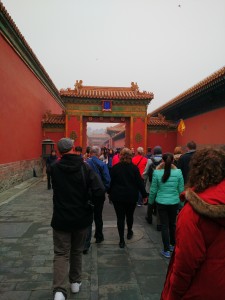
Entering the wive’s & concubine’s quarters through the eunuch’s gate. You had to be one to enter this area!
Think we’ve seen enough today? We’re just warming up. We still have lunch and a rickshaw ride through the Hutong, a visit to The Temple of Heaven and a performance of the Beijing Opera to get through before we get to drop our jet-lagged butts in bed. The local people hustle and bustle through the streets of Beijing. China is no place for the weary. Folks are very stylish here and the pace of the city must keep you thin because I don’t see overweight people. There are 22 million people living in Beijing and this isn’t even the most populous city in China. Traffic is astonishing (this is coming from someone who lived in both the NYC and Washington D.C. areas). There are 5 million registered cars on the road here and probably double that in unregistered, unregulated scooters and bicycles. Lanes and road signs are merely suggestions here. We are holding our breath half the time on our bus because a hair’s breadth is often all that is separating us from the vehicle along side of us. We are told bus drivers here are addressed as “Master” because they must have 10 years driving experience before training with the bus. Scooters and bicycles dart in front of and behind cars and buses in every imaginable direction. We ask our guide, Christina, if there are many traffic fatalities here. She tells us 150,000 per year. She misunderstands us. That’s for the entire country and actually it’s 200,000 when I look it up.
Next: Beijing Part 2
P.S. Follow my Instagram account (MYCARMAGEDDON) for more photos!
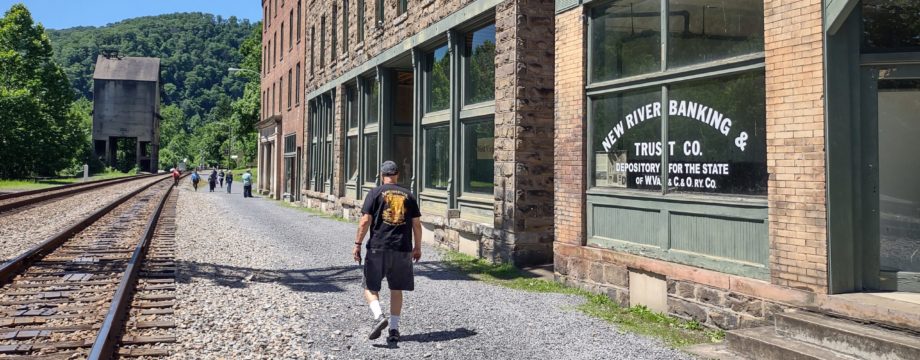
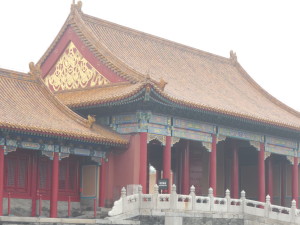
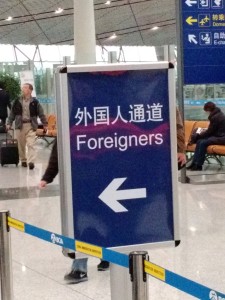
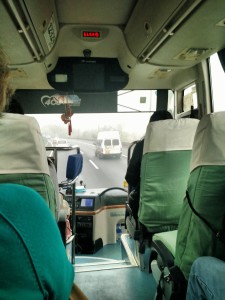
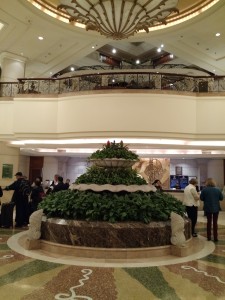
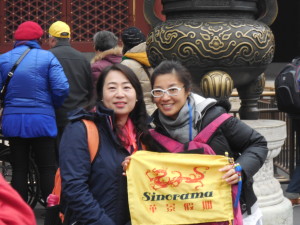
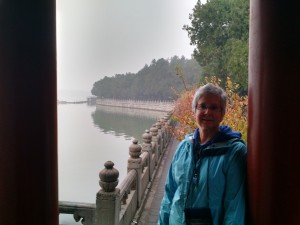
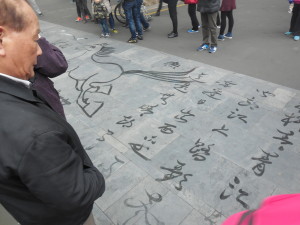

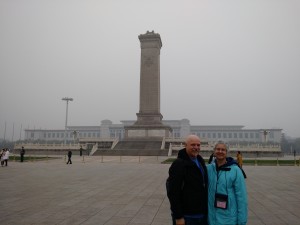
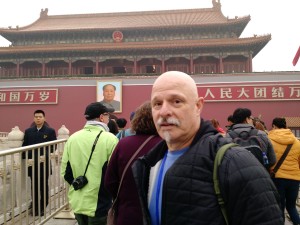
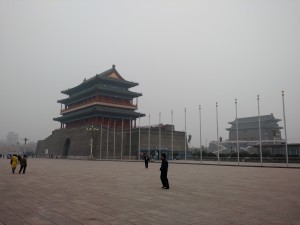
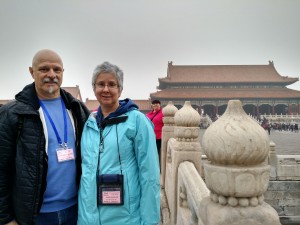
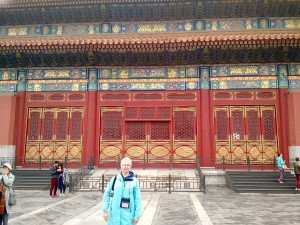
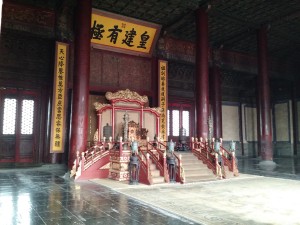
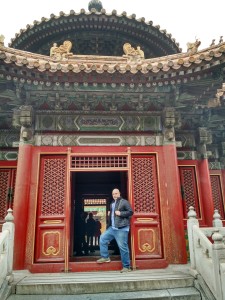

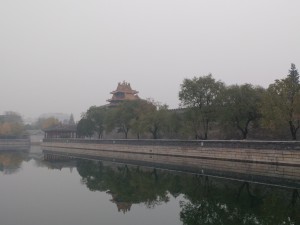
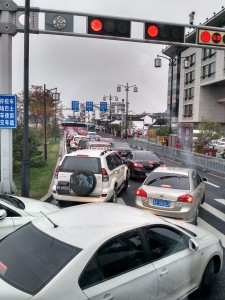
 Follow
Follow
4 Responses to Beijing